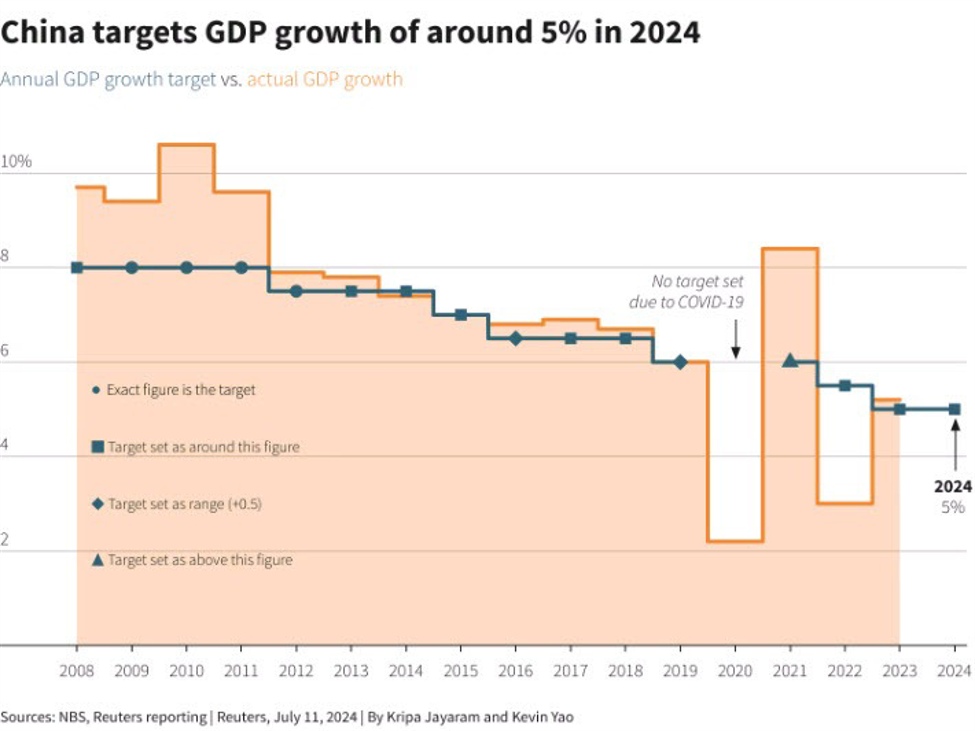

Regardless of how many days per week workers—or their bosses—want to be in the office, nobody likes being told what to do. Case in point: nearly 1 in 5 workers are outright ignoring their employer’s mandates.
That’s according to a new report from Resume Builder, which surveyed over 1,000 full-time U.S. workers at companies where a return-to-office (RTO) mandate has been implemented some time since 2020.
Just under 80% of workers said they follow the rules, while 18% occasionally ignore it, 2% “rarely” follow the policy, and 1% don’t adhere to mandates—at all.
How do workers get away with snubbing their boss?
To get away with RTO snubbing, workers told Resume Builder they’re getting crafty.
Many enlist a coworker for help—mainly asking them to swipe them in.
Others will sneak in for a moment on weekends and administer a swipe, just to make it look like their weekly tally is up to par.
But the most common tactic is the simplest: They flout the policy by simply leaving the office early.
Broken down by schedule type, workers who are required to come in a handful of days per week—on a hybrid schedule, as Resume Builder puts it—have the highest rates of noncompliance with the mandate.
Just 3 in 5 hybrid workers follow their company’s RTO policy.
Still, forcing defiant workers to show face five days a week in the hopes of increased compliance could backfire: Resume Builder’s respondents only want to be in-person for three days a week at most.
If their companies start taking a hard line on in-person attendance, more than half of workers said they’d sooner quit than comply.
Want your workers to comply with an RTO? Pay for their commute and some
The reasons behind the noncompliance are exactly as one might expect; it’s simply inconvenient, and workers deem those in-office hours to be a poor use of their time. It’s also expensive; some estimates say between commuting or gas, lunch, parking, and pet care, each day of in-person work can cost $51.
Perhaps that explains why Resume Builder respondents had a straightforward answer as to what would actually push them to comply with the mandates: More money.
In fact, 2 in 3 workers said a raise would move them to cooperate. They also wouldn’t mind their company’s help in paying for costs associated with a commute, like transportation benefits and a lunch stipend—or even better, catered lunch at the office.
In second place: More flexibility, including having their pick of start and end times to their workdays that best align with their needs.
Being a worker in 2024 means enjoying a level of flexibility that, prior to the pandemic, was unthinkable, Stacie Haller, Resume Builder’s chief career advisor, noted in the report.
While bosses once viewed remote work as a temporary stopgap as COVID receded, the toothpaste is out of the tube: Millions of workers, thrilled to avoid long commutes, sad desk lunches and early-morning routines, are demanding a better balance.
Remote work has become a “non-negotiable” for many professionals, Haller said. “Employers should know job seekers today still have options if they are looking to work remotely.”
Companies need to balance their in-office desires with their workforce’s preferences, Haller concluded, “or they risk losing valuable employees to more flexible competitors.”
Just ask the Amazon employees who boss Andy Jassy is forcing back full-time in January, and are “rage-applying” to other, more flexible jobs as a result.















